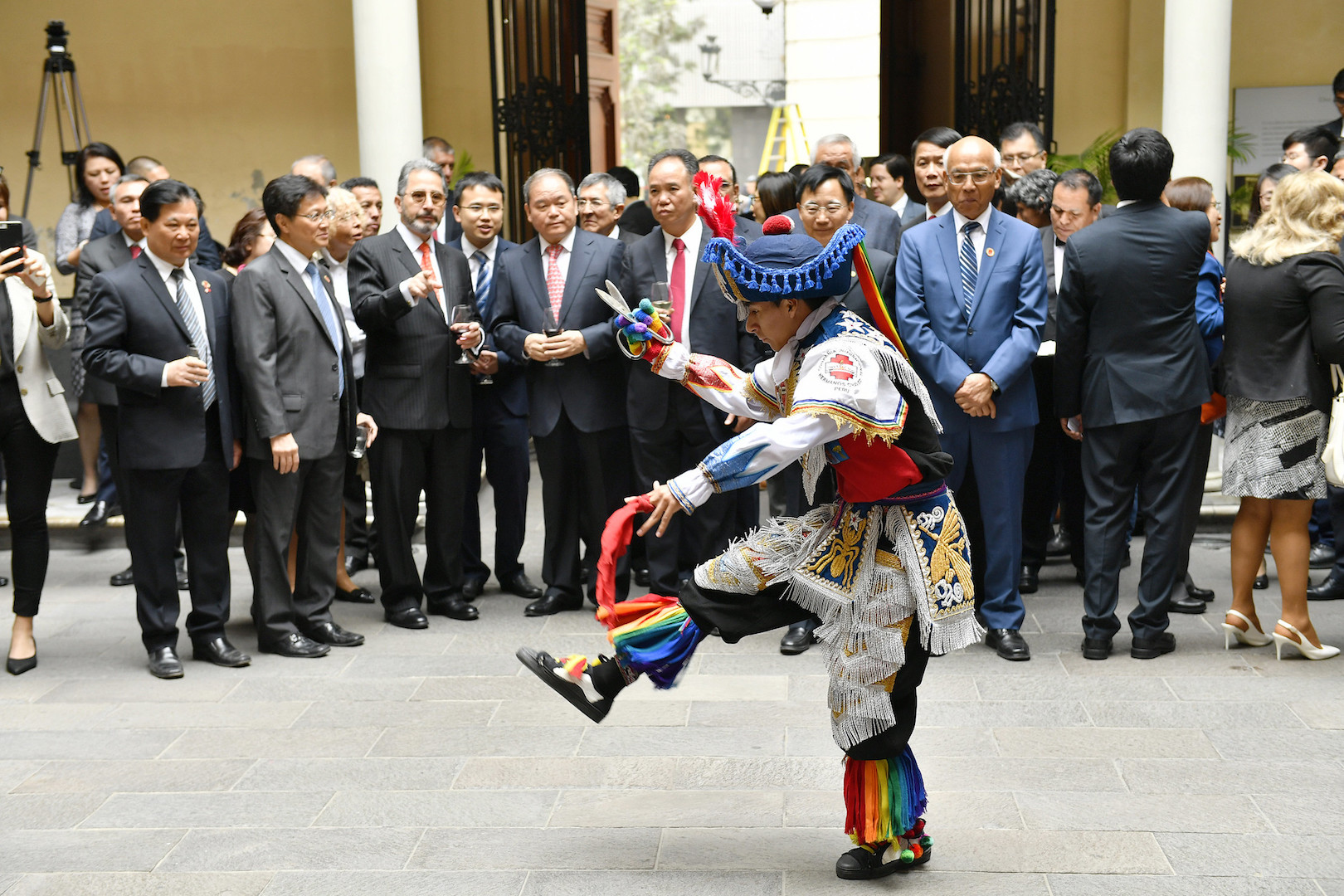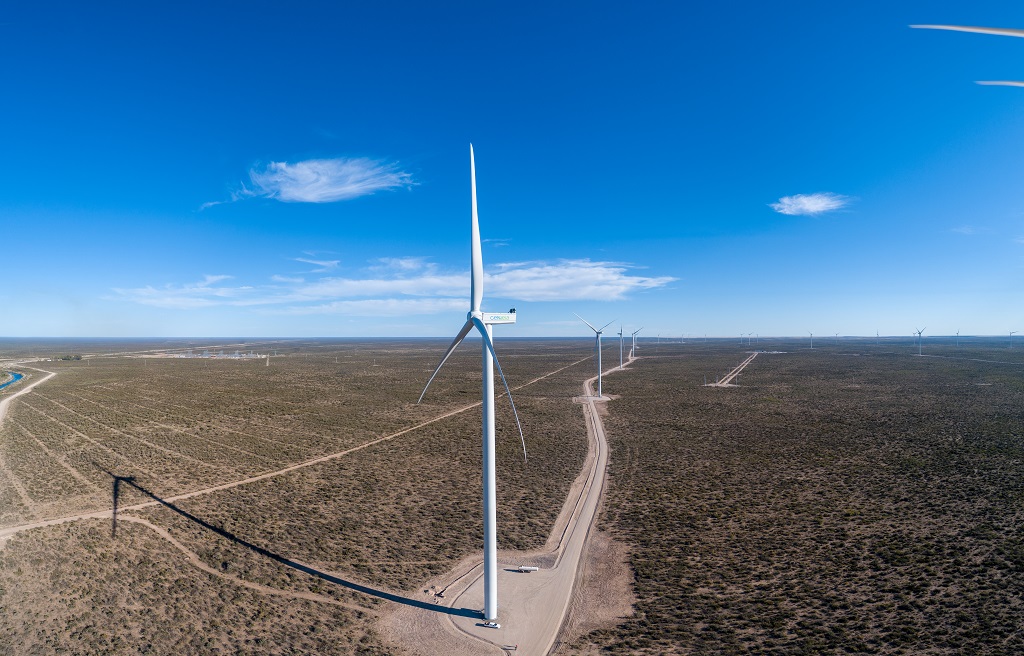Even during the COVID-19 period, the commercial relationship between Peru and China has gone from strength to strength as the renegotiation the Free Trade Agreement (FTA) and the purchase of Luz del Sur, the largest electricity company in Peru, went ahead. In this context, it is necessary to promote dialogue between civil society, public officials and China’s private sector in order to better understand Peru’s socio-environmental regulatory framework and improve the long-term sustainability of Chinese investments in the country.
It is worth noting that the purchase of Luz del Sur adds to the Chinese Three Gorges Corporation’s assets in Peru, as it is also the majority partner of the Chaglla hydroelectric power plant, located in the department of Huánuco. This project was owned by Brazilian firm Odebrecht, which had unfulfilled commitments to construct works and ensure surrounding communities’ access to water and was a source of conflict in 2019. To date, however, Chaglla has not yet been part of the regionwide Lava Jato corruption investigation that centred on Odebrecht. But such uncertainty jeopardises the design of the project, which communities have noted lacks transparency and adequate dialogue mechanisms.
the sustainable use of natural resources needs to be internalised by the Chinese business sector
Lessons should be learned from projects such as Lot 58, an oilfield in Cusco department in which China National Petroleum Corporation bought shares and continued with the same socio-environmental conditions that generated conflict. The project lacked efficient governance and the Peruvian State did not comply with the right to prior consultation.
With this in mind, in a recent webinar Latin American civil society organisations and Chinese institutions advocated the creation of spaces for such exchanges as an opportunity to recommend improvements to investments. Derecho Ambiente y Recursos Naturales (DAR, Peru), Green Camel Bell (China), China Civil Climate Action Network (China), Chongqing Renewable Energy Society (China), and Chongqing International Culture Exchange Center (China), recently organised the first such space called the “Peru Environment and Investment Forum”.
This online event brought the Chinese community closer to understanding Peru’s political and economic context, as well as its environmental and social regulations, which are included in the two countries’ investment development framework.
Participants included Zhang Jingjing from China Accountability Project, who said that leaders of Chinese companies must know the environmental risks before investments are made. She also said it was necessary to understand environmental and indigenous peoples’ regulations when investing in Peru and Latin America, and to implement due diligence mechanisms when carrying out projects in biodiverse areas. Zhang also said that under the framework of the Belt and Road Initiative and international treaties to which both China and Peru are parties, the sustainable use of natural resources needs to be internalised by the Chinese business sector.
Getting to know Peru
Along with Zhang, Mercedes Lu from the Environmental Law Alliance Worldwide (ELAW), German Alarco, professor at the University of the Pacific and Denisse Linares, a DAR specialist, also represented the Peruvian side, whose contributions sought to deepen the Chinese public’s knowledge of our country.
Lu said social and environmental risks remained because standards weren’t applied. She added that Peru has gone through a series of reform packages that have made the socio-environmental regulatory framework even more flexible, so that foreign investments could apply more lax standards than tougher, international ones. Alarco pointed out issues in the lack of product diversification in Peru’s foreign trade, which comprises largely of metals and minerals. He recommended that extractives companies, including Chinese, enhance their fiscal contributions as the current net contribution is low and in many cases mining companies are subsidised.
Linares gave the Chinese participants an overview of Peru’s socio-environmental regulatory framework, which their investments must respect, emphasising the National Environmental Assessment System and that it is mandatory for investments to be approved. It is important that this too is internalised by the Chinese business community investing in Peru, as in many cases, this is the framework for environmental regulations that is violated when, for example, environmental impact studies aren’t properly carried out.
Likewise, it is essential that indigenous peoples and their right to prior consultation be recognised, which is obligatory in Peru and represents a substantial difference with China, where only ethnic minorities are recognised.
Treaties signed by both Peru and China, such as the Convention on Biological Diversity, must provide the common ground for improving environmental standards in trade relations. From bringing together Chinese and Peruvian stakeholders, it is also clear that it is considered vital to integrate environmental and social standards into the FTAs, which is especially relevant given China’s presence at the United Nations Forum on Indigenous Issues, a space for the recognition of rights.





